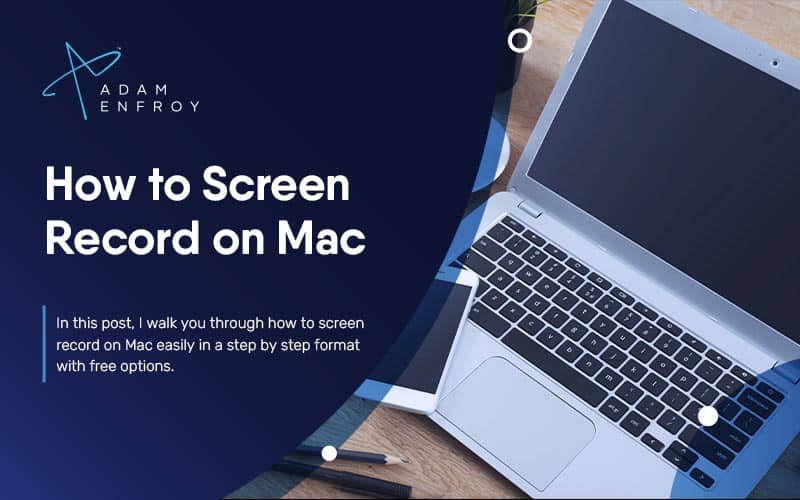How to Make Money on YouTube with AI (Easy Guide for 2024)

Is earning money on YouTube the same as solving a super tough puzzle?
You feel you almost got it but there’s always something you can’t seem to quite figure out.
Using YouTube AI tools correctly might be the piece you’re missing.
In this guide, I’ll share the best ways to use AI to:
- make better videos
- grow your channel,
- and bring in more cash.
If you do things right, your YouTube business will grow. If not, you’ll keep spinning your wheels and wasting your effort. And that would be a pity.
In the last few years, I’ve built a 7-figure YouTube business with over 180,000 subscribers.
In the process, I learned what it takes to make videos (and money) on YouTube.
How to Make Money with AI on YouTube
Asking how to make money online on YouTube with AI is a question with many answers. There are multiple ways to answer the question so the short answer is, “It depends”.
I’ve divided this section into two parts:
- Making money as a content creator
- Making money as an advertiser
Feel free to jump to the section that best applies to you. If you’re unsure, why not go through both and see which one is best for you?
Making Money as a Content Creator
A content creator starting a YouTube channel generally makes money using this AI-based workflow:
- Using AI to come up with video ideas
- Creating videos using AI tools to help
- Editing videos (using AI-powered tools)
- Iterating the process based on AI-powered analysis
As you can see, AI tools are available to help at every step. In the next section, I will explore these various AI tools and their functions.
For now, let’s speak about making money as a content creator and the various methods you can use.
Affiliate Marketing
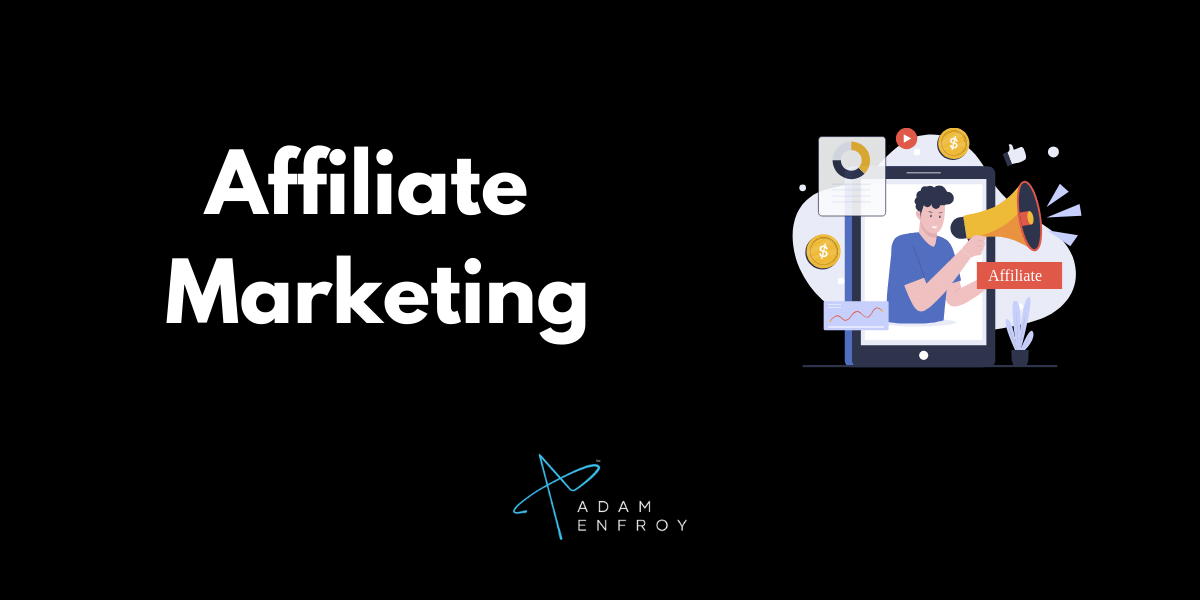
What could be better than getting paid to give advice?
Mastering YouTube affiliate marketing means you get you paid when people buy others’ products.
You don’t have to deal with customer service, unhappy customers, or track inventory.
Your job is to recommend the right products to the right audience.
In your YouTube videos, you mention products your audience will benefit from. Then, you include affiliate links in your video description or pinned comments.
People who want to know more can click these links. Then, some will buy these products.
So, how does AI and YouTube affiliate marketing work together?
AI can help you better understand your audience and their interests. The bottom line is the products you recommend must be those your audience is interested in buying.
If not, you won’t make much money from affiliate promotions.
Even worse, you’ll burn through the trust your audience has built with you.
AI tools also help you analyze viewer demographics, views, watch time, and engagement rates.
You’ll then have a much better insight into the type of products your audience is interested in.
As a content creator, you can also use AI to create scripts that feature affiliate products.
Finding natural ways to integrate these products into your content will help you make more sales.
Here’s an example.
You have a cooking channel and a list of kitchen gadgets to feature.
With the right prompts, AI can generate a natural-sounding script to follow as you show each product.
Compare that to trying to force products into your videos.
There’s a night and day difference.
Sponsorships
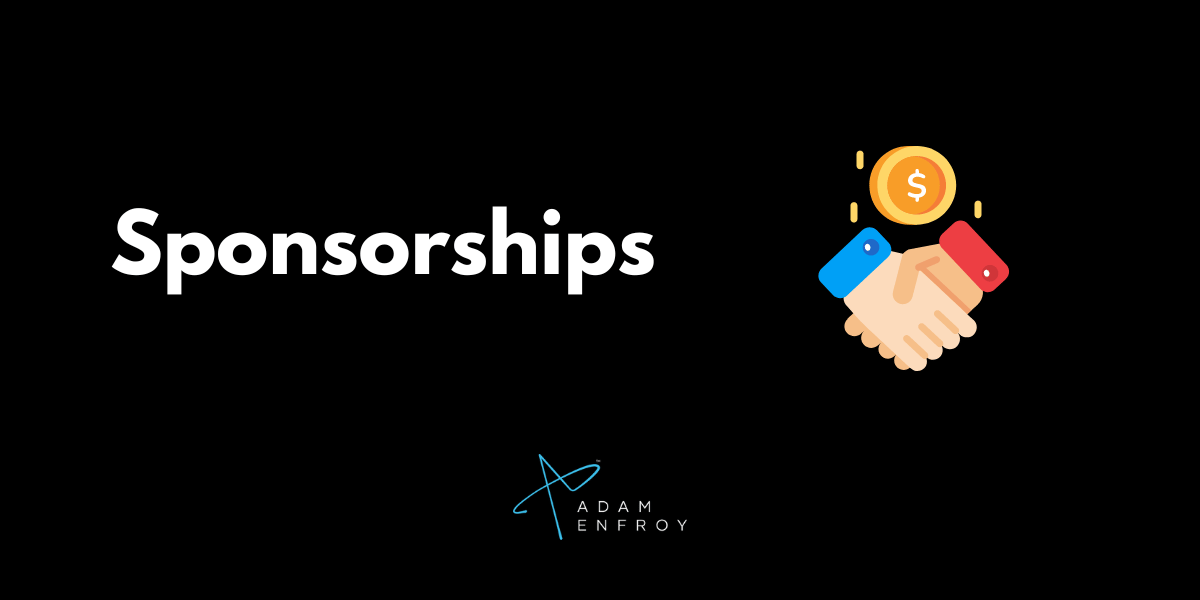
Another way to make money as a content creator is through video sponsorships.
As the right YouTube channels get bigger, companies often approach them and offer money to be the video’s sponsor.
(If you’re at the beginning of your channel’s journey, you might need to reach out to companies – rather than the other way around. However, getting the ball rolling is the most important thing).
The way sponsorship works falls into two categories:
- You mention the video is sponsored by “X company”. In your video, you should also mention how this company (their products and services) will benefit your audience. What will your audience get if they decide to buy from the company?
- Alternatively, you can also review products/services provided by this company. You can go into detail about the benefits you got from this product or service and how your audience will get the same if they make the purchase.
There are lots of ways to use AI to help with video sponsorships.
In the early negotiation stages, AI can help personalize your brand outreach. You can make each message you send more targeted and personal.
You can also use AI to help you come up with replies.
Another AI use is in the video script itself.
Like affiliate marketing, an authentic sponsorship placement can increase the chances of audience engagement.
AI can also help analyze which sponsors resonate better with your audience.
You take what you know about your audience, compare it to what sponsors can offer and ask AI to list the best possible matches and the reasons why.
Once you figure this out, you can do more of what works. This data can also assist you when negotiating sponsorships.
Finally, AI can help you determine the best pricing for your collaborations.
Based on past deals and effective messaging, it can make recommendations on the prices to charge for sponsorships.
Selling Your Own Products/Services
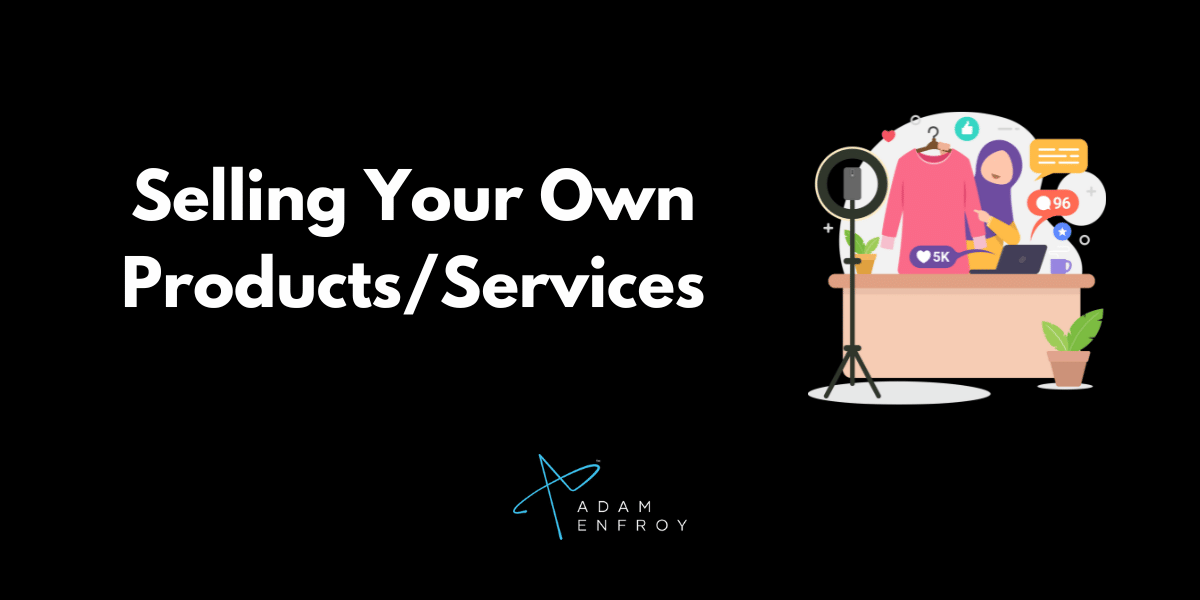
This monetization method is the best one long-term. It’s also more complex to set up than the previous ones.
Promoting your own products/services means you don’t rely on third parties to make money.
You’re also the best person to tell your audience how your products and services will help them.
Then, when they buy, you keep 100% (or as close to it) of the profits.
At the same time, there is a backlog of work to do before selling a product/service.
Understanding key elements like:
- Market research
- Offer creation
- Marketing and sales
- Product fulfillment
- Customer support
…takes time. However, the result is worthwhile.
When selling your own products and services, AI can help at almost every stage.
Let’s say you’re creating an online course. You can take the comments people left on your videos to determine what they want to learn.
You can use Amazon reviews to discover your audience’s knowledge gaps. You can also use AI to help sift through forum questions related to your topic.
With the:
- Information AI gives you
- AI’s previous training data
- and your expertise
… you’re able to create a succinct outline. Over time, you then build a course that matches your audience’s needs.
YouTube Ad Revenue
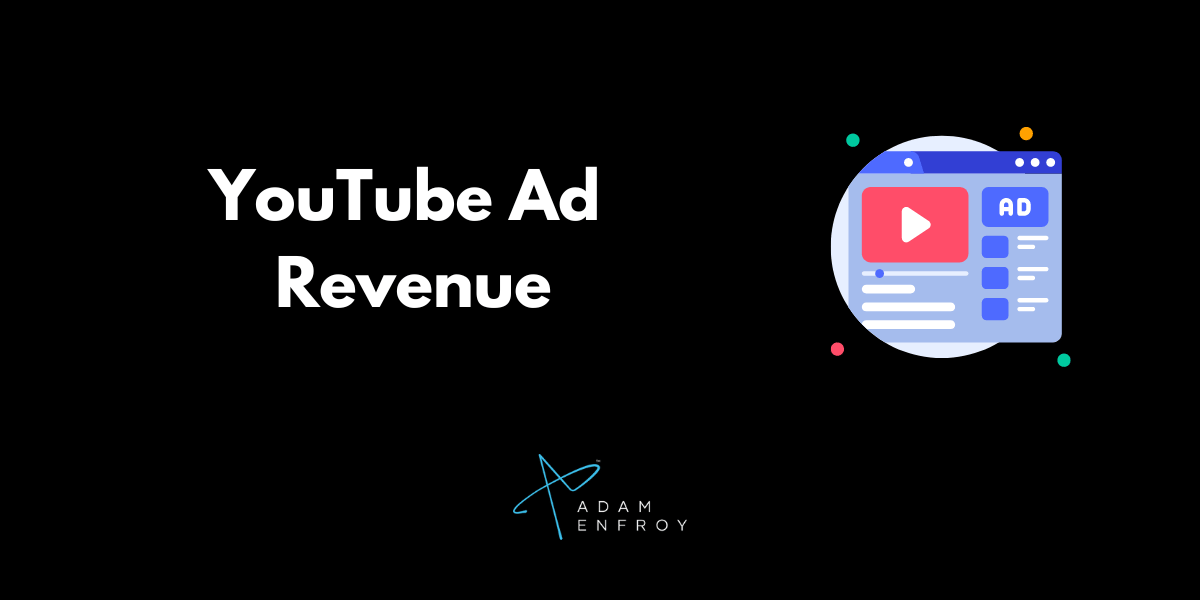
A final way to make money on YouTube is through the YouTube Partner Program.
When you meet specific requirements, you’ll be able to enroll in this program.
Then, YouTube will pay you based on the number of views your videos get.
I put this method in the last place (in the list of ways to make money as a content creator) because it’s the one that’s most out of your control.
Whether you create AI generated videos or do all the work manually, you also need lots of views to make any significant money.
I wouldn’t solely rely on YouTube ad revenue as my main source of income. At the same time, you might as well make the most of it once you’re eligible.
For more in-depth information on the above methods, check out this article on how to make money on YouTube.
Making Money as an Advertiser
Making money on YouTube isn’t just about creating video content.
Do you have a budget and want to take advantage of other people’s content? There’s lots of potential for you to succeed.
Creating Targeted Ads
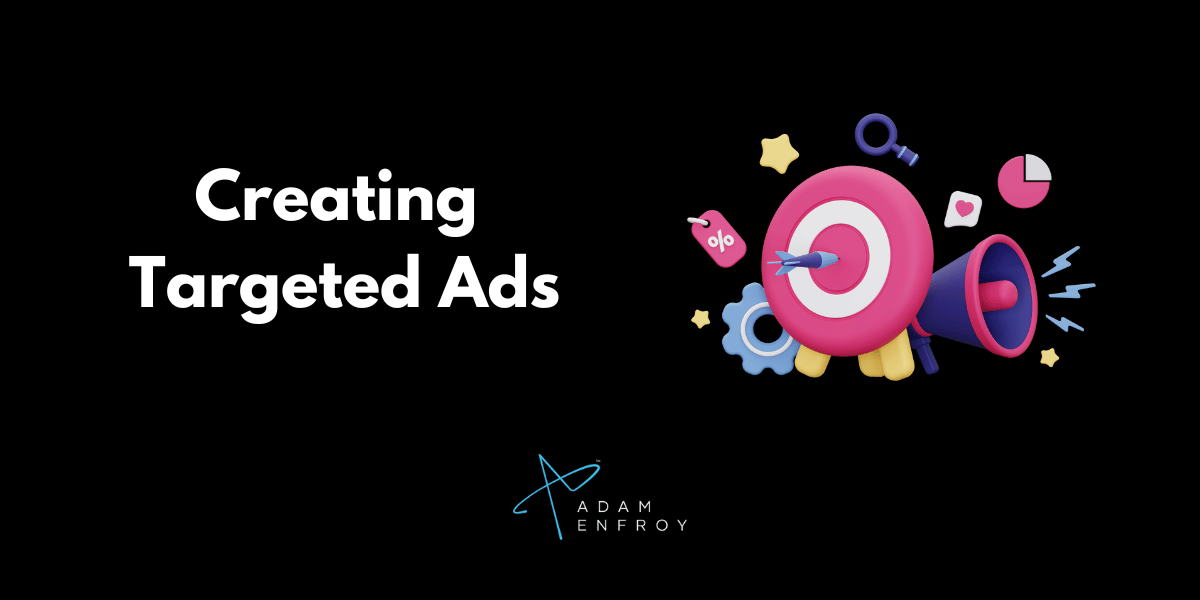
The first way you can use AI on YouTube as an advertiser involves ad creation.
You start off with the audience you want to target. You then use AI to come up with keywords you can use to create the right ads for these people.
Once you have your audience and keywords, creating ads comes next.
Creating relevant ads is all about addressing your people’s pain points. When you accurately target these pain points, you spend less money to get better results.
Finding customer pain points is a process you can do manually. However, you can spend days (or weeks) doing your research.
Alternatively, you can use AI to help guide you (and finish the process much faster).
Want another use case for AI on YouTube?
AI can help you experiment with different ad formats.
For example, based on:
- your ads
- your products and
- your audience
…AI can suggest trying in-feed video ads instead of skippable in-stream ads
The result? You end up with more effective ads that make more money.
And if you don’t know what specific ads mean (or do)? Just ask AI!
Tracking and Analyzing the Performance of Your Campaigns
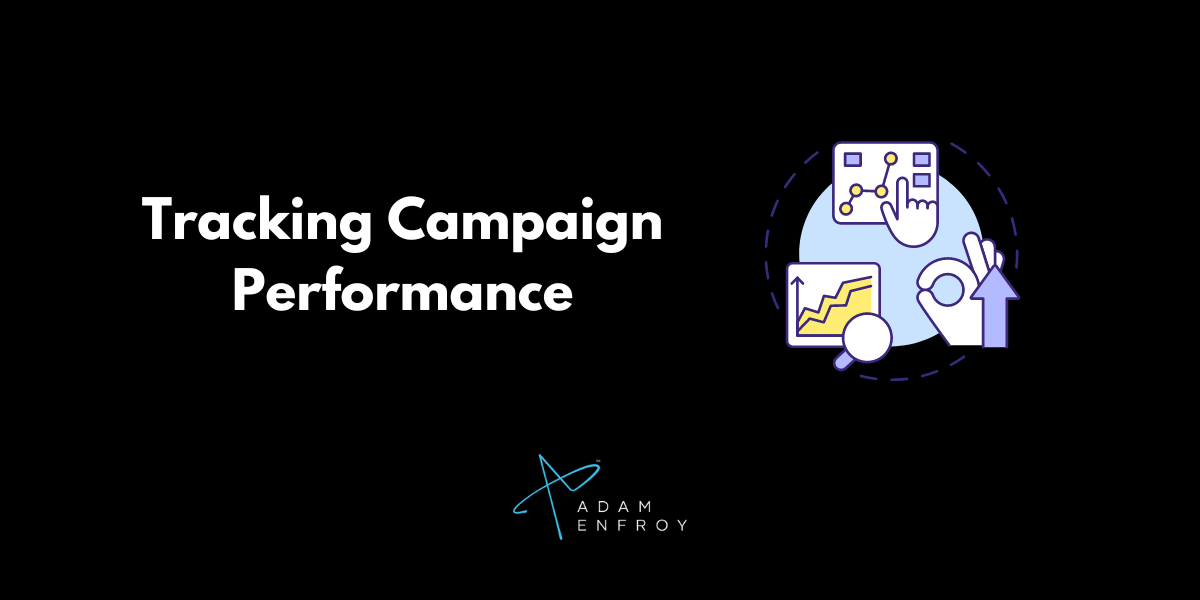
AI can help monitor and analyze the performance of your advertising campaigns.
When you spend money on advertising, you only want campaigns that provide the best return on your investment.
You also want to turn off campaigns that are not performing well. Why? To avoid wasting money.
Analyzing which campaigns bring the most return is crucial for making informed decisions.
Like other tasks, you could do all this manually – spending hours each day in front of your computer. Alternatively, you can use AI to track and analyze this data.
Instead of spending hours poring over data and making educated guesses, AI can quickly provide insights and recommendations.
More optimized campaigns = more conversions = more revenue.
Using AI in Your YouTube Workflow to Make Money
The first step to making money on YouTube using AI is understanding in which areas this technology complements the video platform.
Here are the broad AI categories you can use to make money on YouTube.
Content Brainstorming
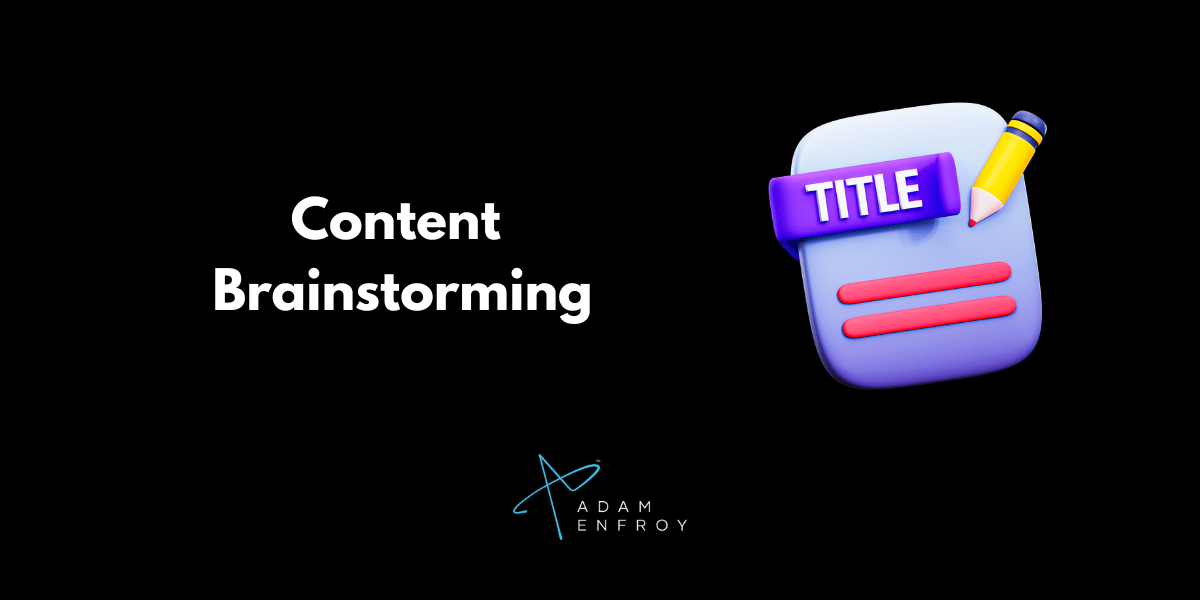
Do you remember the days of staring at a blank cursor trying to come up with ideas?
Today, there’s the death of the writer’s block.
And that’s great news.
AI can help as follows:
- Topic research: not sure what to create videos about? How about presenting AI with information about your target audience? Then, ask the AI to develop ideas on topics your audience would love.
- Competitor research: What are your competitors doing? What’s working (and what’s not) for them? Feeding AI this data is a great way to generate new ideas.
- Trend identification: Getting in early on a new trend is the best way to capitalize. There’s less competition and increasing demand. You can do this in two ways. The first is using AI tools that provide concise reports. Alternatively, you present AI with historical data and ask it to make predictions. Both these methods work and can show you what trends to focus on.
Consider Your Brand Voice
Want to maximize the amount of money you make on YouTube?
Ensure the content you create “speaks” your brand voice.
If your YouTube channel is full of videos with a fun and playful tone, you can’t just change to a serious tone and expect things to go well.
Your audience resonates with your content because they like the content you put out.
Putting out consistent content means sticking to what your audience knows, likes, and trusts.
Using AI-generated content (whether brainstorming or creating) without adapting it to your brand is business suicide.
Just because an AI tool can help you create content quicker doesn’t mean it’s a 100% automated solution.
Instead, refine AI suggestions to include your unique:
- voice
- expertise
- brand personality
- tone and style
- creative vision.
With many AI video tools, you can provide examples of “how you speak” and examples of past work. This data can come from past videos, interviews, or written content.
This additional step ensures the AI’s outputs match what you would manually create.
As a result, you won’t have to make as many edits to get the output you want.
In the long term, you can also feed the AI even more high-quality (and quantity) pieces of work.
The AI can then iterate and produce incrementally better outputs each time you hit generate.
Win-win all around.
Develop a Content Calendar
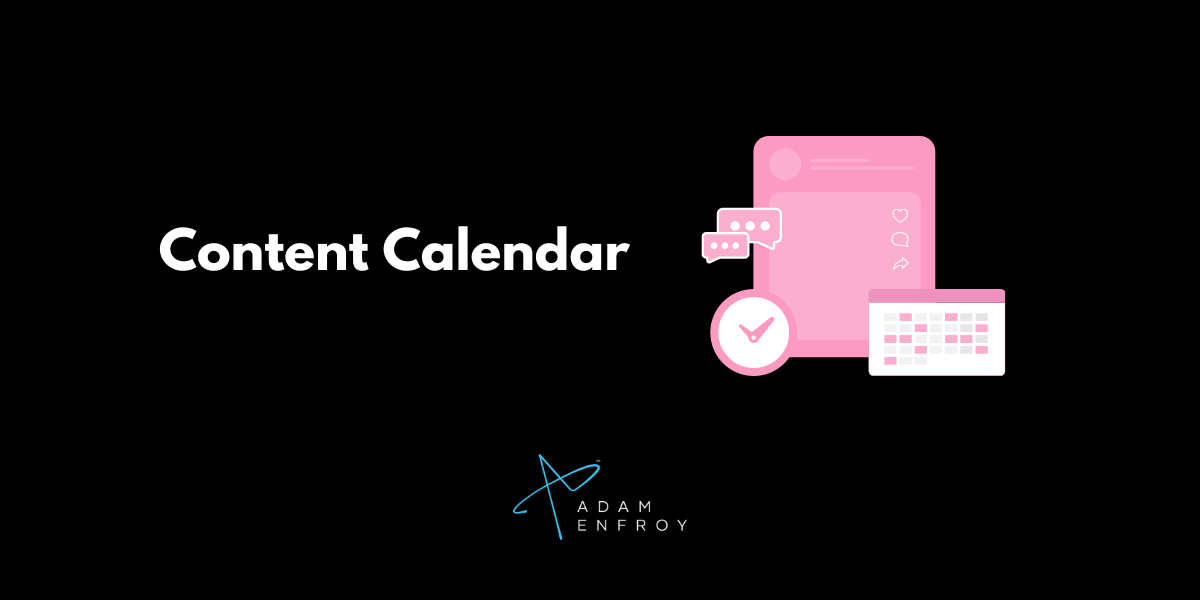
Want to never run out of ideas?
As you brainstorm them, use a content calendar.
You might want to start scripting videos using some of these ideas immediately (I discuss this in the next section).
With other ideas, you’ll probably move them to a “review later” section.
A content calendar ensures you never wake up stressed because you don’t know what content you’ll create that day.
Instead, you’ll have everything planned before. This peace of mind helps you focus on the video creation process, making it better over time.
Let’s now consider video scripting.
Getting this part right means your video can effectively (and efficiently) communicate your desired message.
Scriptwriting
By now, you know the topic you want to focus on in the video you’re creating.
The next step is to create the script.
Traditionally, video creators had to come up with different sections for their videos.
They had to consider what to say in each section, the start and end of these sections, how one section tied into the next one, etc.
Sounds like a lot of work. And it was. While there’s nothing wrong with hard work, I think smart work has its merit.
And this is one of those situations.
AI can help with these tasks:
- Generate outlines: Outlines are the first step to a great script. They provide the foundation to build on. Why not ask AI to help you create YouTube script outlines? This ensures you’re moving in the right direction.
- Suggest additional angles: It’s easy to focus on one specific angle and forget the rest. If you’re talking about a product’s benefits, you might only consider one type of person who can benefit from the product. However, you’ll miss out on lots of other people who can also be great customers. AI ensures you cover all angles and appeal to a broader, still relevant audience.
- Provide statistics to support your points: AI can browse the Internet to find evidence and support your claims. If you wanted to create a video about blog owners and the average time it takes them to start getting rankings, you could manually read a bunch of web pages. Alternatively, you could use AI to collect data and statistics from various sources. AI will then present these stats clearly and concisely.
- Predict the length of your video based on your script: Part of the video scripting process is ensuring your video length isn’t too long or too short. AI can predict how long your final video will be. With this calculation in mind, you’ll know when to adjust your script without having to start recording many times over.
As you use the technology in your scriptwriting, you’ll start seeing gaps where to use AI. You’ll then be able to update your workflow accordingly.
Editing
Let me start by saying that tools like Adobe Premiere Pro or Final Cut Pro are great. They can create Hollywood-style movies.
However, video editing was never easy. Editors had to invest serious time in learning how to use the right tools.
The great news is that AI tools now make video editing much easier.
Whether you want to detect scenes, cut unnecessary footage, do color correction or add video transitions, there’s AI software to help with that.
Depending on your use case, tools like Capcut, Descript, Filmora, Invideo and Pictory make the process easier.
Speaking of video editing, you must also consider thumbnail creation.
As you might have guessed, AI tools make creating thumbnails easier as well.
A tool like Canva can help create thumbnails to make your videos stand out. They can also suggest elements to help improve your current videos.
Not using these suggestions to make YouTube video editing better is like leaving the most powerful tool on the shelf. That wouldn’t be a smart move.
Video Captions
A relatively new AI video creation feature is the ability to create captions.
Captions ensure your audience can:
- understand what you’re saying
- take the right actions after they finish watching your video.
If you want to make money on YouTube, these two factors are crucial.
Captions help make them happen.
You can also use AI captions to cater to an international audience.
If people watching your videos don’t necessarily speak English, AI video editing tools can translate your captions into other languages.
The amount of time this gives you back (compared to doing it manually) is mindblowing.
Channel Optimization
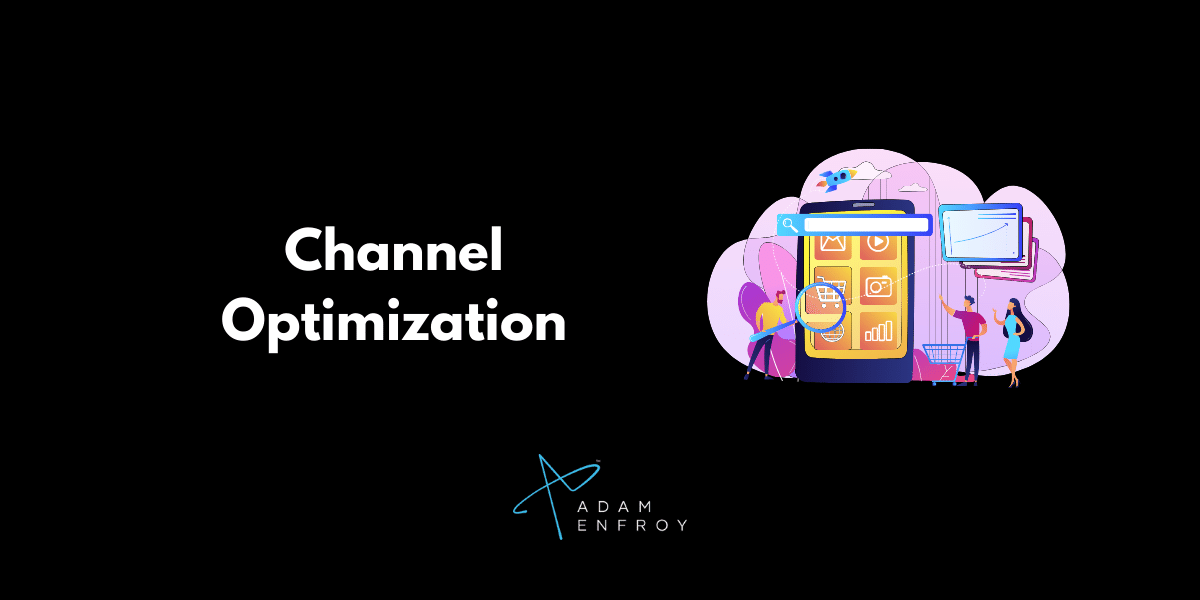
As you create more video content, you’ll start seeing what works and what doesn’t.
Your YouTube channel analytics will provide insights to help guide your video creation decisions.
For example, you’ll see:
- which video titles work best with your audience
- where people drop off your videos and
- where the majority of your audience comes from.
You can use all this information to provide context for AI while asking it to help you make decisions. With the resulting information, you then create better videos.
The exact process applies to your video descriptions and tags.
When you create better-hitting titles, descriptions, and tags you get better rankings in YouTube searches and suggestions.
All this means more views and engagement. The result? Making more money with your YouTube content.
Sentiment Analysis
Another area that falls under channel optimization is sentiment analysis.
When people comment on your YouTube videos, they are feeling some type of emotion(s).
These emotions can include happiness, anger, confusion, or even boredom.
It all depends on your video content, the tone and voice of your channel, and the target audience.
See how it all comes full circle from my initial point regarding brainstorming?
Your AI-fuelled brainstorming sessions are the input. Analytics are the output.
Understanding your intended message resonates with your audience can help create more targeted and engaging content.
Sentiment analysis will help you identify what your audience is feeling. Are they reacting positively or negatively to your videos?
Answering this question will also help you better connect with “your people”.
Conclusion
YouTube content creation and monetization are changing rapidly.
The tools and strategies I mentioned above aren’t just futuristic fantasies.
They’re real, accessible ways to enhance your channel, engage with your audience, and increase your revenue.
From brainstorming content ideas with AI to using sophisticated analytics (made simple through AI), each step offers a better way to create videos your audience will love.
Ultimately, making money on YouTube with AI isn’t just about working harder. It’s about using the right tool to work smarter.
Further reading on AdamEnfroy.com: What are your YouTube channel goals? If you aim to light up young minds or offer learning on a global scale, finding that perfect name can truly set the tone.
Dive into inspiring education channel names for that spark of creativity. If you’re intrigued at the thought of creating compelling content without revealing your identity, exploring faceless channel ideas could be the way forward.
And for the sports enthusiasts, kickstarting your sports channel with a catchy name might just be the game-changer you’re looking for.
But it’s not just about the name. It’s about building a brand and a community.
Whether you’re evaluating how much YouTubers make to set realistic goals or weaving through the complexities of affiliate marketing on YouTube, knowing how YouTube works is crucial.
Finally, if you’re after AI generated YouTube videos, here’s how to make it happen.



